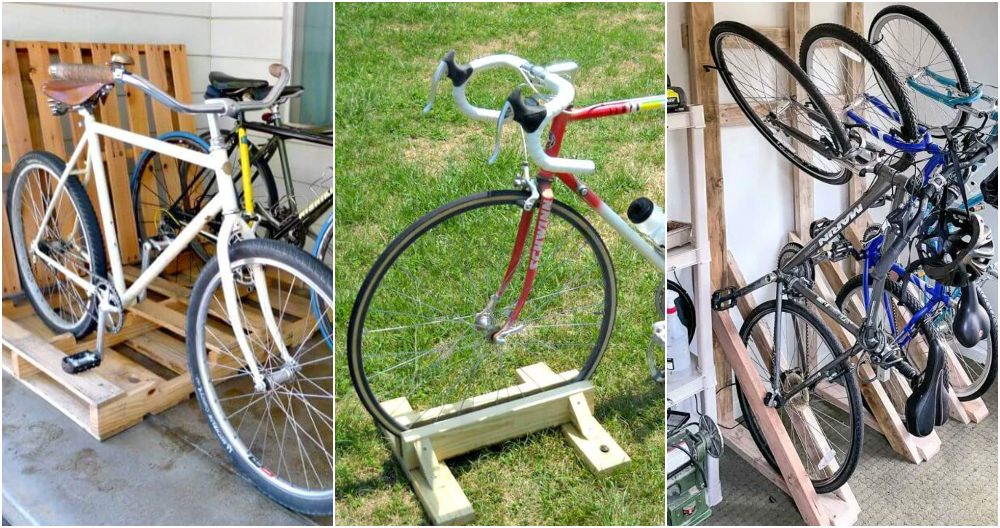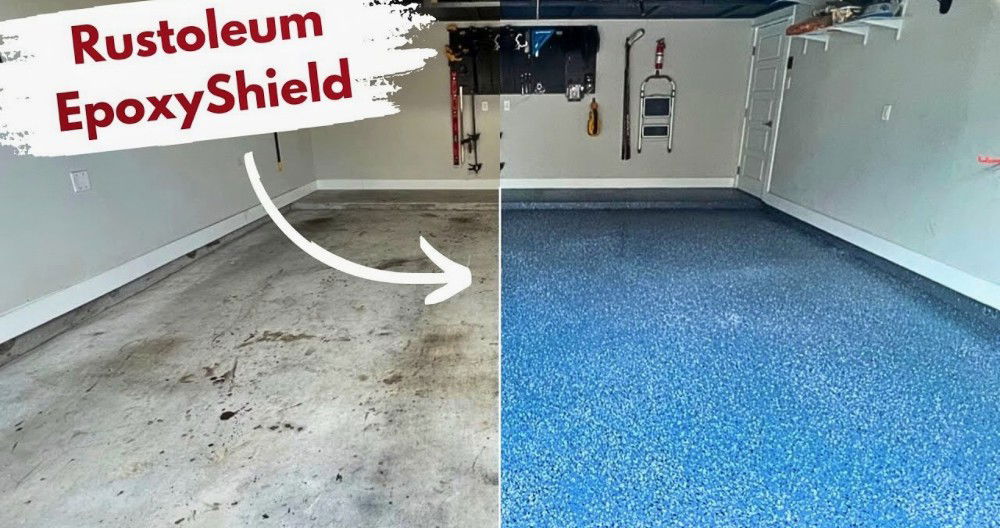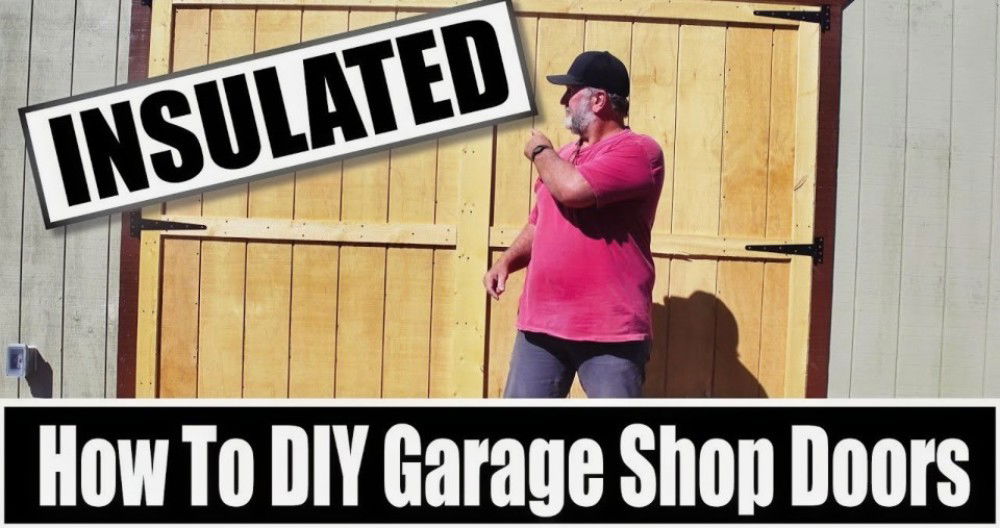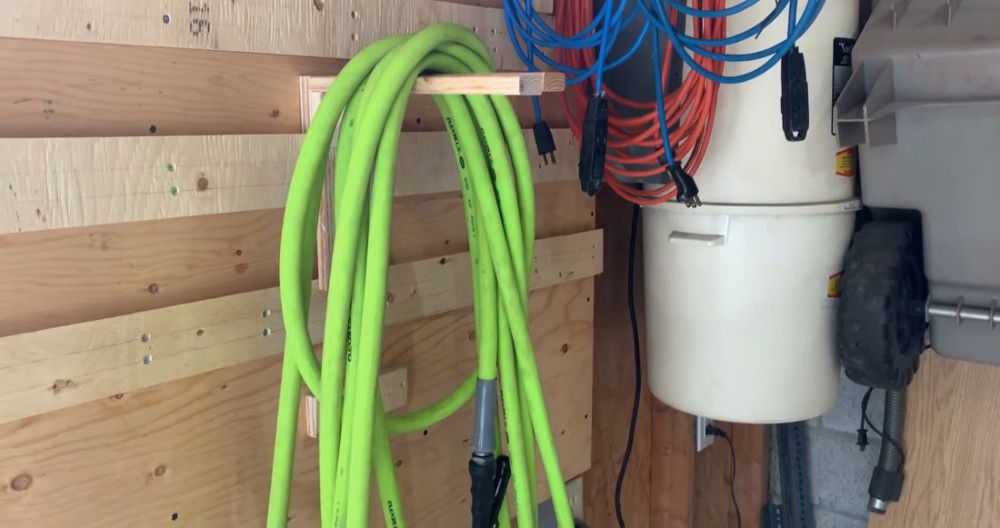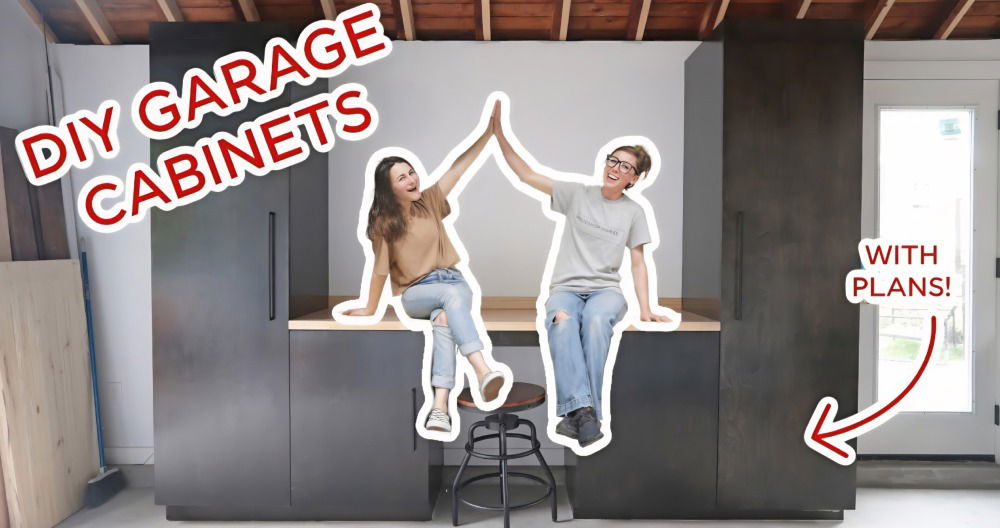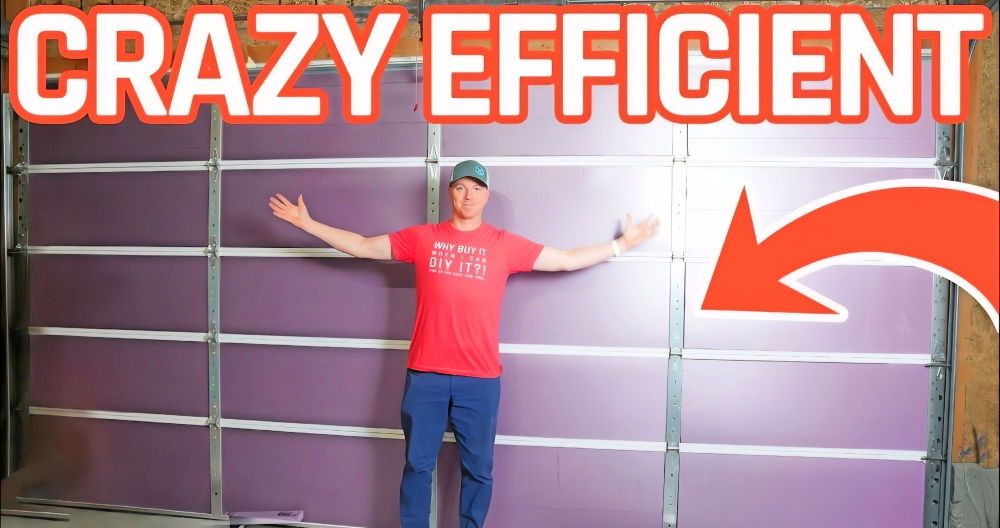Building a DIY garage ventilation system is essential for maintaining air quality and regulating temperature in your workspace. A proper ventilation system helps remove toxic fumes, dust, and excess heat, making your garage a safer and more comfortable place to work. This guide will walk you through the step-by-step process of setting up an efficient ventilation system in your garage tailored to different garage sizes and layouts.
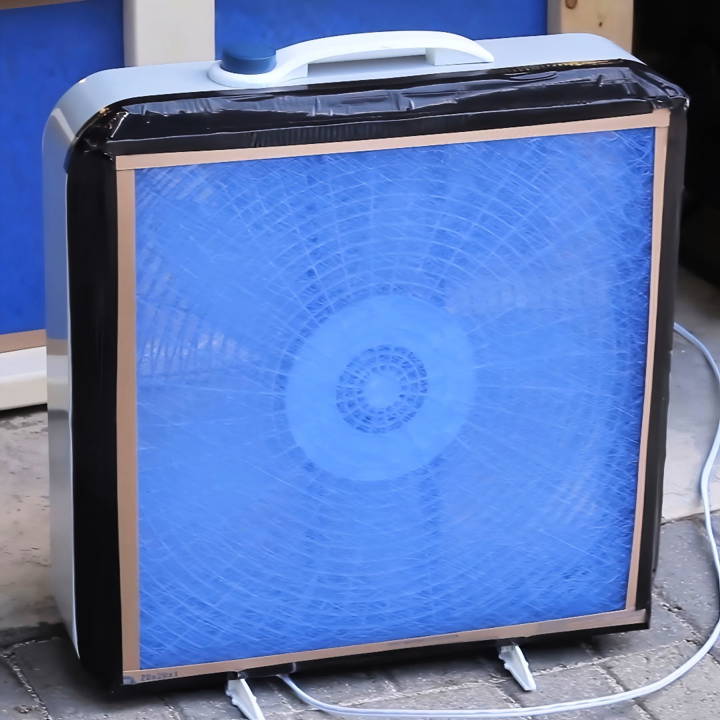
To start building your DIY garage ventilation, you'll need to gather some basic tools and materials, such as a fan, ventilation ducts, and perhaps a carbon monoxide detector for added safety. Follow our detailed instructions to install these components correctly and ensure that your ventilation system is effective. Doing so will not only improve air quality but also prolong the lifespan of your tools and equipment.
Ready to transform your garage environment? Let's move on to understanding the key components and steps involved in this project.
Understanding Garage Ventilation
Proper ventilation in your garage is crucial for not only maintaining a comfortable workspace but also for ensuring the health and safety of everyone who uses it. Here's what you need to know about garage ventilation:
Why Ventilation Matters
Garages are often used for more than just parking cars. They can be workshops, hobby areas, or storage spaces. However, they can also trap harmful fumes from vehicles, paints, solvents, and other chemicals. Good ventilation helps remove these pollutants from the air, reducing the risk of health problems and making a safer environment.
Fresh Air Flow
Ventilation is all about the flow of air. Your goal is to keep fresh air coming in and stale air moving out. This can be achieved through natural means like windows and doors or through mechanical systems like fans.
Controlling Temperature and Humidity
A well-ventilated garage can help control temperature and humidity levels. This is important because extreme temperatures and high humidity can damage tools, vehicles, and stored items. It also makes the space more comfortable to work in.
How to Ventilate Your Garage
There are several ways to improve the air quality in your garage:
- Natural Ventilation: This is the simplest form of ventilation. You can open doors and windows to build a cross breeze. It's cost-effective but may not be sufficient on its own, especially in areas with extreme weather.
- Exhaust Fans: Installing an exhaust fan can help pull out stale air and bring in fresh air. It's a more reliable method than natural ventilation and can be particularly effective when placed near the source of pollutants.
- Ceiling Fans: These can help circulate air within the garage, preventing hot air from building up near the ceiling and promoting a more even temperature throughout the space.
Considerations for Installation
When planning to improve your garage's ventilation, consider the following:
- Size of Your Garage: The larger the space, the more ventilation you'll need.
- Your Garage's Use: If you're using your garage for activities that produce more pollutants, like woodworking or painting, you'll need stronger ventilation solutions.
- Local Climate: If you live in an area with high humidity or extreme temperatures, you'll need to take that into account when choosing your ventilation system.
A well-ventilated garage is safer and more pleasant. Know the basics to make decisions that benefit your health, hobbies, and home.
Materials Needed and Why
- Fiberglass Filters ($5): I chose these for their affordability and effectiveness. You want to ensure clean air is circulating without breaking the bank. The ones I found were a steal at three for five bucks.
- Two 2x6s and Two 2x4s (Under $15): These wooden beams are the skeleton of your system. They're sturdy and can be easily customized to fit the specific dimensions of your garage door, ensuring a tight fit and efficient air filtration.
- Screws: To assemble the wood frame securely. It's important that the structure can withstand the pressure of the garage door and hold the filters in place.
- Eye Protection: Safety first! Cutting wood and drilling can send particles flying, so protecting your eyes is a must.
- Impact Driver with Robertson Bit: This makes assembling the frame a breeze, ensuring screws are driven in securely and efficiently.
Step by Step Instructions
Learn how to ventilate your garage with our step-by-step DIY guide. From preparing wood to sealing gaps, get all instructions in one place!
Preparing the Wood
First off, measure the space under your garage door where the filter system will sit. Cut the 2x4s slightly larger than your filters to allow easy removal and replacement. Remember, precision here saves headaches later. I cut my 2x4s with a regular wood saw, ensuring to wear eye protection.
Assembly
Start by laying out your 2x6s parallel to each other, spaced according to your garage door's width. Place the cut 2x4s vertically between them, spacing them out to match the width of your filters. This builds a "track" for the filters to slide in and out. Screw the 2x4s securely to the 2x6s. Make sure it's sturdy; this structure needs to withstand the weight of your garage door.
Installing Filters
Slide your filters into the tracks buildd by the 2x4s. The beauty of this design is its simplicity and functionality. You can easily replace the filters whenever necessary, keeping the air in your garage clean and breathable.
Sealing Gaps
Once the frame is under the garage door, check for gaps. Depending on the unevenness of the ground or the door, you might need some adjustments. I used some additional wood scraps to ensure a snug fit, preventing unfiltered air from bypassing the system.
The Intake System
The exhaust system is only half the battle. For clean air intake, I repurposed an old fan by attaching a similar fiberglass filter to its back with duct tape. This setup pulls fresh air in while filtering out any particulates. Place the fan in a window or another opening, ensuring a continuous flow of clean air into the garage.
Types of Ventilation Systems
When it comes to keeping your garage air fresh and clean, there are several types of ventilation systems you can choose from. Each system has its own benefits and is suitable for different situations. Here's a straightforward look at your options:
Passive Ventilation Systems:
These systems don't require electricity to operate, making them energy-efficient and cost-effective. They include:
- Wall Vents: Installed in the walls of your garage, wall vents allow air to flow in and out naturally. They work best when placed opposite each other to build cross-ventilation.
- Door Vents: If you prefer not to cut through walls, door vents are an alternative. They're installed in the garage door and help improve air circulation.
Active Ventilation Systems:
These systems use power to move air and are great for controlling the environment in your garage more effectively. They include:
- Exhaust Fans: Mounted on a wall or ceiling, exhaust fans pull stale air out of the garage. They're very effective, especially when combined with passive vents.
- Air Conditioning Units: For those living in hot climates, air conditioning can provide both cooling and ventilation. Mini-split systems are a popular choice because they can cool, heat, dehumidify, and ventilate.
Specialized Ventilation Options:
- Roof Turbines: Powered by the wind, these are installed on the roof and provide energy-neutral ventilation. They're low maintenance and help expel heat and moisture.
- Air Circulating Fans: These fans are great for moving air around within the garage. They work best when used alongside other ventilation methods to ensure a complete air change.
Choose the right system based on your garage size, climate, and activities. Ensure a healthy environment with fresh air flow for comfort.
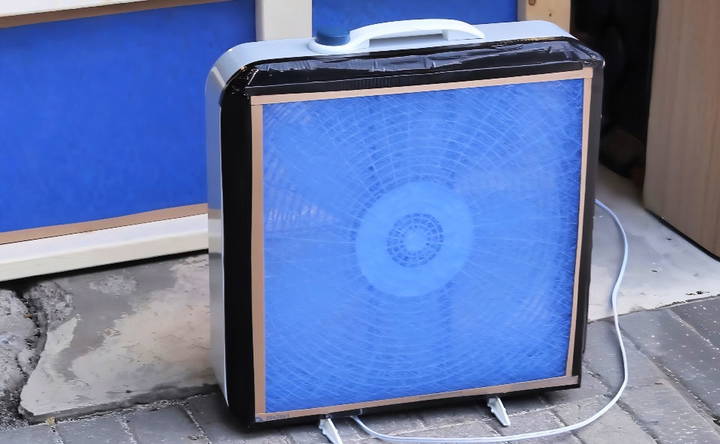
Troubleshooting Common Garage Ventilation Issues
Having a well-ventilated garage is essential for your comfort and safety. However, sometimes even the best systems can run into problems. Here's a guide to help you troubleshoot common garage ventilation issues in plain language:
- Unpleasant Odors: If you notice a persistent chemical smell or musty odor, it could mean your ventilation isn't adequate. Check for any blockages in your vents and ensure that exhaust fans are functioning properly. Regularly clearing out clutter can also improve airflow.
- Excessive Heat: A garage that feels too hot may have poor air exchange. Consider installing an additional fan or improving insulation to keep the heat out. On hot days, try to ventilate early in the morning or late in the evening when it's cooler outside.
- Humidity and Condensation: High humidity can lead to mold and mildew. If you're experiencing this, a dehumidifier can help. Ensure that your ventilation system is expelling moist air effectively and that seals around doors and windows are intact.
- Carbon Monoxide Buildup: This is a serious issue, especially if you run your car or use gas-powered tools in the garage. Install a carbon monoxide detector and never ignore its warnings. Ensure that any combustion appliances are vented outside.
- Poor Airflow: If the air in your garage feels stagnant, check for obstructions in your ventilation paths. Sometimes, rearranging storage or changing the position of a fan can make a big difference.
- Dust and Debris: Regularly clean vents and fans to prevent dust buildup, which can impede airflow and reduce the efficiency of your ventilation system.
- Noise Issues: If your ventilation system is too loud, it may be due to loose components or the need for lubrication. Check the manufacturer's instructions for maintenance tips.
- Energy Efficiency: If you're concerned about the energy your ventilation system uses, consider upgrading to a more efficient model or adding a timer to control when the system runs.
Monitor common issues and do regular maintenance to keep your garage safe and pleasant. If unsure about a problem, consult a professional.
Legal and Safety Considerations
When installing a ventilation system in your garage, it's important to be aware of the legal and safety considerations to ensure that your setup is not only effective but also compliant with regulations and safe for use.
- Compliance with Building Codes: While garages are often considered uninhabitable spaces and may not require vents by default, many regions have specific codes that dictate the need for ventilation to prevent the buildup of toxic fumes, especially if the garage is attached to your home. It's essential to check with your local building codes to understand the requirements for your area.
- Environmental Protection Agency (EPA) Recommendations: The EPA suggests ventilating your garage to rid it of harmful gases like carbon monoxide. For residential attached garages, they recommend using a 100 CFM (cubic feet per minute) ducted or 80 CFM un-ducted fan for this purpose.
- Safety Standards for Enclosed Parking Garages: If your garage is used for parking vehicles, it's crucial to follow safety standards that ensure pollutants like carbon monoxide and nitrogen oxide are effectively removed. The International Mechanical Code (IMC) and ASHRAE 62.1 outline minimum ventilation rates that must be maintained during occupied hours. These rates can vary based on local jurisdiction, so it's important to verify the standards applicable to your location.
- Demand-Controlled Ventilation (DCV) Systems: Modern DCV systems use sensors to monitor air quality and adjust ventilation rates accordingly. If you're considering a DCV system, be aware that while they can reduce energy consumption, they must still meet the minimum requirements set by local codes.
- Regular Maintenance and Monitoring: To ensure ongoing safety, regular maintenance of your ventilation system is necessary. This includes checking for blockages, ensuring fans and vents are in good working order, and replacing filters as needed.
- Installation by Qualified Professionals: For the best results and to ensure safety, it's advisable to have your ventilation system installed by qualified professionals who are familiar with the local codes and safety standards.
- Carbon Monoxide Detectors: Regardless of the type of ventilation system you choose, installing carbon monoxide detectors in your garage is a wise safety measure. These detectors can provide an early warning of dangerous gas levels.
Follow these legal and safety guidelines to improve air quality and ensure everyone's well-being in your garage.
FAQs About DIY Garage Ventilation
Discover essential FAQs about DIY garage ventilation, including tips on installation, cost, and benefits, ensuring a safe, well-ventilated workspace.
Proper ventilation in your garage is crucial for maintaining air quality and preventing the buildup of harmful fumes and dust. Whether you’re working on cars, woodworking, or storing chemicals, good ventilation ensures a safer and more comfortable environment.
There are several ways to ventilate your garage effectively:
Natural Ventilation: Utilize windows and doors to build a cross breeze.
Exhaust Fans: Install an exhaust fan to actively remove stale air.
Ceiling Fans: Circulate air and prevent hot air from stagnating.
Vents: Add vents to walls or garage doors to allow passive airflow.
Air Conditioning: If budget allows, air conditioning can both cool and ventilate your space.
When selecting an exhaust fan, consider the size of your garage and the volume of air you need to move. Look for a fan with enough power to exchange the air in your garage at least every few minutes. The CFM (cubic feet per minute) rating will help you determine this.
Yes, with some basic DIY skills, you can install a ventilation system. You'll need to plan the location, acquire the necessary materials, and follow a step-by-step guide to ensure proper installation.
Always ensure that your ventilation system does not compromise the structural integrity of your garage. Additionally, be mindful of weather conditions; for example, avoid open ventilation during extreme cold that could damage stored items or cause pipes to freeze.
Final Thoughts
Wrapping up, making a DIY garage ventilation system is a practical and cost-effective way to ensure your workspace stays safe and comfortable. By following these steps, you'll improve air quality and reduce risks associated with poor ventilation. Remember, proper garage ventilation is essential for your health and the longevity of your tools and equipment.



